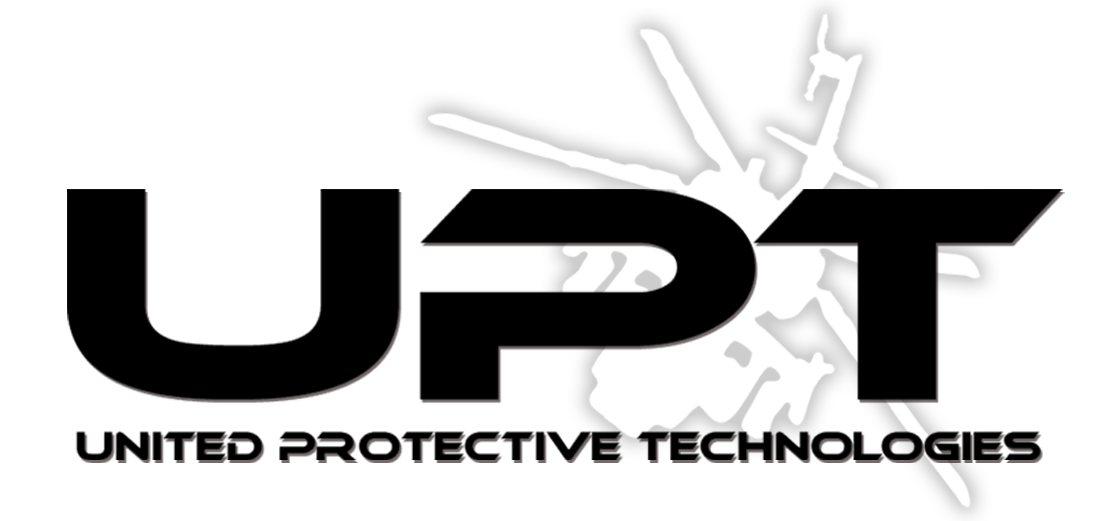

Problem
With an increasing demand for electronics miniaturization as well as the protection of key components from shock, vibrations, and environmental impacts, designers have abandoned the use of traditional heat sinks in lieu of conducting heat to the chassis of the product. To manage thermal loads, designers employ dynamic thermal throttling of performance which significantly reduces the computational capacity of the product limiting overall usability. Data processing generates heat through joule heating in conductive traces. This demand for increasing computation results requires superior thermal management to increase component performance.
Objective
The objective of this effort is to identify and catalog cost-effective and novel thin-film coating solutions which provide thermally conductive, electrical insulative (TCEI) performance conducive to heat spreader applications to increase the computational potential of today’s high-performance military and consumer electronics. The scope of the project is to evaluate and improve TCEI performance for nano-composite carbon, boron, and beryllium-based thin-film coating chemistries deposited through low temperature hybrid plasma enhanced chemical vapor deposition (PECVD) and cathodic arc coating technologies for heat spreader applications.
Technical Approach
United Protective Technologies (UPT) is leveraging their current low temperature carbon-based hybrid-PECVD composite coating that has been proven successful for tribological wear and friction. While this solution has also been successful in limited heat spreader applications, it has not achieved the desired combination of thermal conductivity and electrical resistivity for commercial applications. UPT is evaluating current film properties and applying alternative compositions along with layer thickness evaluations to improve TCEI performance. UPT is also measuring the properties of applied coatings containing boron-nitride (BN) and beryllium oxide (BeO) to evaluate their sustainability in TCEI applications. The team is examining the role of pinhole defects in TCEI coatings which can cause electrical shorts in coatings impairing their dielectric strength. UPT is leveraging experience in fluorinated and surfactant-based coatings to effectively seal these pores from aqueous intrusion and thus improve the thermal electrical performance of the coatings. Applications of a variety of sealants are being analyzed to reduce the risk of arcing and promote thermal transfer. Finally, a comparison of the time, cost, and TCEI performance of each solution to optimize for both manufacturing cost and heat spreader properties is being developed.
Project Participants
Project Principal

Public Participants
- U.S. Department of Defense
